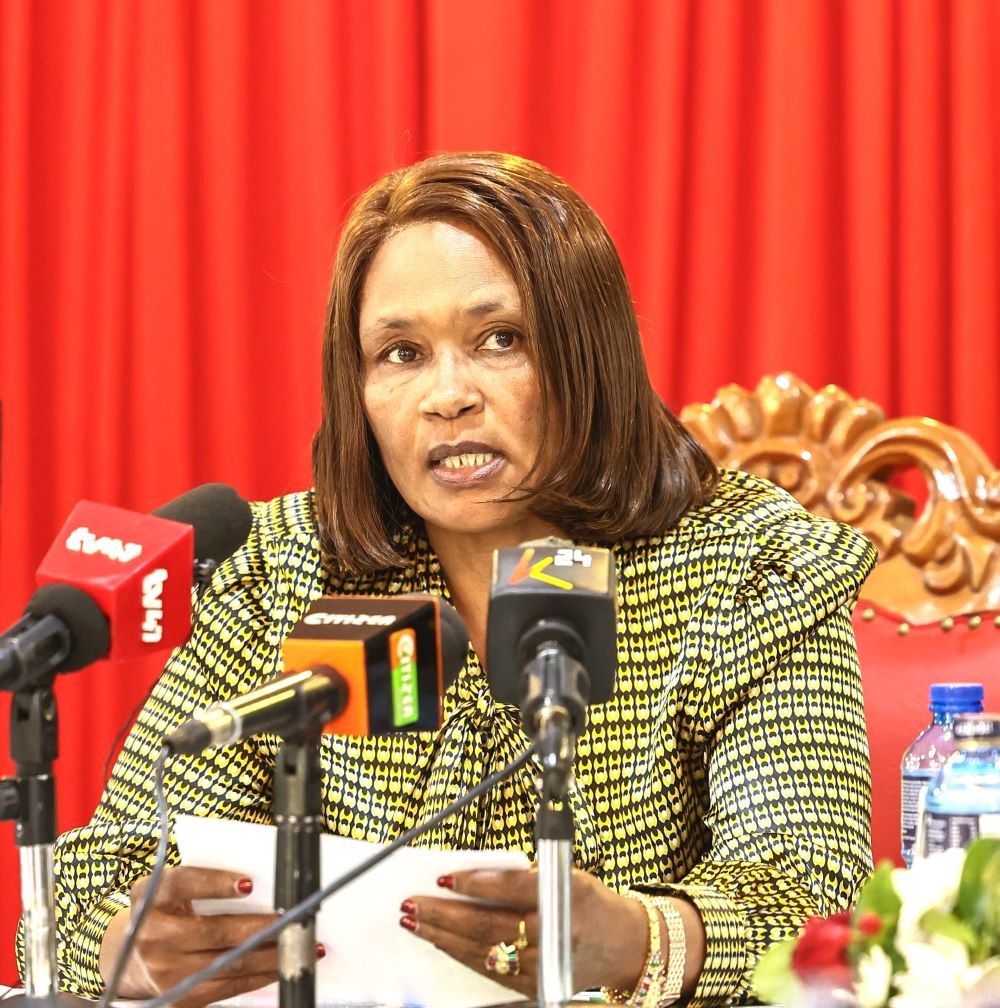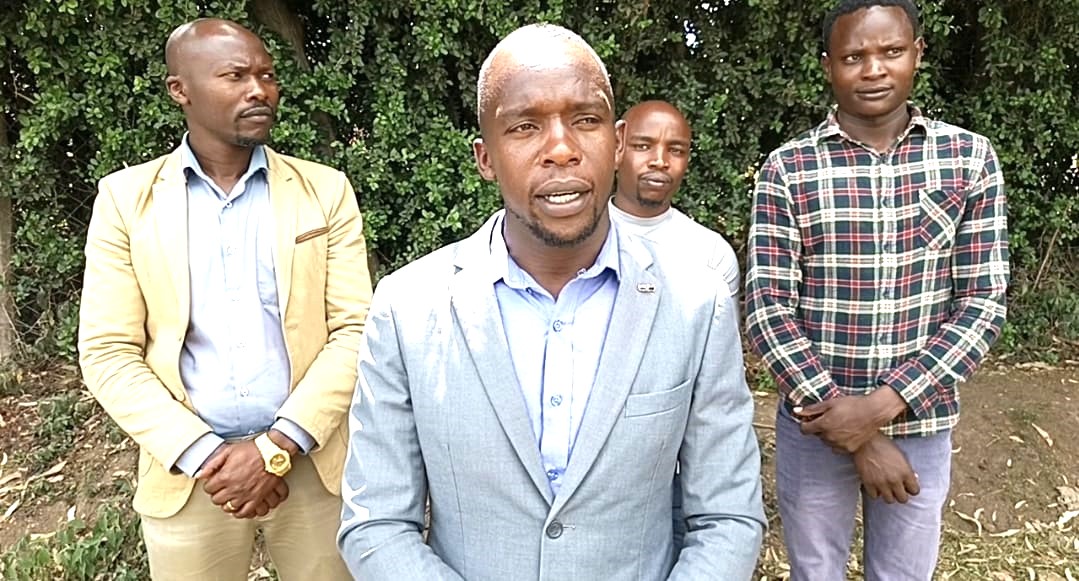Oral narratives are among the richest forms of African oral literature studied in the KCSE syllabus. They serve as vessels of wisdom, moral teaching, entertainment and social education. Passed down through generations by word of mouth, these stories reflect the values, beliefs and imagination of various communities. Understanding the 6 different types of oral narratives – dilemma, ogre, aetiological, legend, myth and trickster – helps learners appreciate not only their artistic beauty but also their social relevance.
- Dilemma narratives
Dilemma narratives present moral or ethical conflicts that require reasoning and judgment. They revolve around human characters who must choose between two equally challenging options, neither of which offers an entirely desirable outcome. Such stories usually end with the narrator posing a question to the audience, inviting them to decide what should have been done. The structure often builds tension through contrasting loyalties, justice versus mercy or truth versus deceit.
Functions:
These stories are meant to sharpen reasoning and moral discernment. By presenting complex moral choices, they encourage critical thinking, fairness and responsibility. They teach that life’s problems often demand wisdom rather than haste or emotion. Dilemma narratives also promote communal dialogue, as people discuss possible solutions and justify their decisions. This process reinforces the community’s moral codes and values.
Target audience:
They are mainly told to adolescents and adults who can reflect on moral and ethical complexities. In educational settings, they help learners develop judgment and empathy – skills crucial in leadership and social relationships.
- Ogre Narratives
Ogre narratives revolve around monstrous beings that are cruel, greedy, and cannibalistic. The ogre, often depicted as half-human and half-beast, preys upon innocent people. Despite its power and appetite for destruction, it is eventually outwitted by a clever human being, often a child, woman or animal. The storyline typically involves capture, trickery, escape and punishment, ending with the triumph of good over evil.
Functions:
Ogre tales serve multiple social purposes. They warn listeners, especially children, about the dangers of disobedience, greed, or carelessness. For instance, stories of children wandering into ogres’ homes discourage straying far from safety. Symbolically, the ogre represents destructive forces within society – cruelty, selfishness, and corruption – and the tales show that such evils can be overcome through courage and intelligence. They also entertain through suspense, fear and relief when good prevails.
Target audience:
These stories are primarily told to children and young people. Through imaginative storytelling, they shape moral conduct and caution listeners against reckless behavior while inspiring admiration for cleverness and bravery.
ALSO READ:
Senators urge Busia County to promote VTCs enrollments to boost skills
- Aetiological narratives
Aetiological narratives (from the Greek word aetios, meaning “cause”) explain the origin or cause of natural and social phenomena. They answer questions such as why the sun rises and sets, why the tortoise has a cracked shell, or why certain customs exist. The characters may be gods, animals or humans who act in ways that lead to the creation or alteration of a natural condition. These stories are marked by creativity, imagination and symbolic reasoning.
Functions:
Before the advent of scientific explanation, aetiological tales satisfied human curiosity by offering creative answers to the mysteries of the world. They link human life to nature and the spiritual realm, teaching respect for creation and the interconnectedness of all beings. They also reinforce community beliefs and traditional explanations of the environment. In education, they encourage imaginative thinking and appreciation of cultural worldviews.
Target Audience:
These narratives are suitable for both children and adults. For young listeners, they provide accessible explanations of natural events. For adults, they affirm traditional wisdom and cultural identity. They also serve as an informal method of teaching observation and environmental awareness.
- Legends
Legends are semi-historical narratives about real or semi-real people whose deeds left a lasting mark on a community. They often celebrate heroes, warriors, rulers, founders or prophets. Though based on historical events, legends usually contain exaggeration and supernatural elements that glorify the subject. For example, the story of Lwanda Magere among the Luo portrays a warrior whose body was made of stone and who could not be killed by ordinary means.
Functions:
Legends preserve communal memory and history. They provide explanations for the origin of clans, kingdoms or cultural practices. More importantly, they promote patriotism, bravery and unity by commemorating those who served the community selflessly. Legends also act as moral compasses, illustrating the virtues of courage, honesty, leadership and sacrifice. By celebrating heroes and heroines, these narratives inspire the younger generation to emulate their admirable qualities.
Target Audience:
Legends are meant for all members of the community, especially the youth. They are often recited during community gatherings, initiation ceremonies or times of remembrance to teach values of heroism and continuity.
ALSO READ:
Understanding the big brother, big sister syndrome in our schools
- Myths
Myths are sacred stories that explain the origin of the universe, human life, natural forces, and divine beings. They often involve gods, spirits, or supernatural ancestors who create and control the world. Myths are symbolic rather than literal, expressing a community’s religious beliefs, worldview and understanding of cosmic order. Examples include myths about the creation of the first man and woman or the separation of heaven and earth.
Functions:
Myths serve to explain existence and affirm faith. They provide answers to deep spiritual questions – why death exists, why humans must work, or why certain animals are sacred. Myths justify rituals, taboos, and moral laws by connecting them to divine origins. They also unify a community under shared beliefs and instill reverence for the gods and ancestors. Beyond religion, myths promote cultural continuity and stability, reminding people of their place in the universe.
Target audience:
Myths are told to the entire community but are especially significant to adults and spiritual leaders who preserve sacred knowledge. They are also used to teach young people about the foundations of their culture and the spiritual consequences of moral or immoral behavior.
- Trickster narratives.
Trickster stories feature cunning characters who rely on intelligence, deceit and humor to overcome stronger opponents. Common tricksters in African narratives include Hare, Tortoise and Spider. These characters are neither entirely good nor evil; they are complex figures who sometimes help and at other times harm others. Tricksters use wit to exploit greed, ignorance or arrogance, often turning situations to their advantage.
Functions:
Trickster tales entertain and educate. They highlight the value of cleverness and quick thinking while exposing the dangers of pride, laziness, or dishonesty. Through humour, they criticize social hypocrisy and injustice, allowing communities to laugh at their own weaknesses. These stories also promote adaptability, creativity and resilience – qualities essential for survival in a changing world. Even when the trickster’s schemes fail, the story carries a moral about the limits of deceit and the importance of wisdom.
Target audience:
Trickster narratives appeal to audiences of all ages. Children enjoy the humor and excitement, while adults appreciate the satire and moral insight. They are often told during social gatherings where laughter and shared reflection bring the community together.
Oral narratives are more than stories; they are the lifeblood of African cultural identity. Each type – dilemma, ogre, aetiological, legend, myth and trickster – serves distinct educational and moral functions while preserving the community’s history, beliefs and worldview. Dilemma tales sharpen moral judgment, ogre tales warn against evil, aetiological tales explain existence, legends celebrate heroes, myths express faith and trickster tales highlight human wit. Together, they shape the listener’s understanding of morality, creativity, and community values. By studying these narratives, KCSE learners not only gain literary appreciation but also inherit the timeless wisdom and imaginative power of African storytelling.
By Ashford Kimani
Ashford teaches English and Literature in Gatundu North Sub-county and serves as Dean of Studies.
You can also follow our social media pages on Twitter: Education News KE and Facebook: Education News Newspaper for timely updates.
>>> Click here to stay up-to-date with trending regional stories
>>> Click here to read more informed opinions on the country’s education landscape






